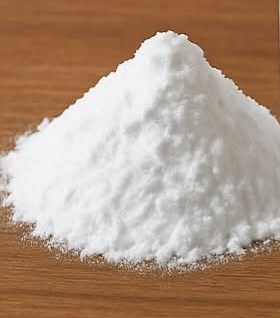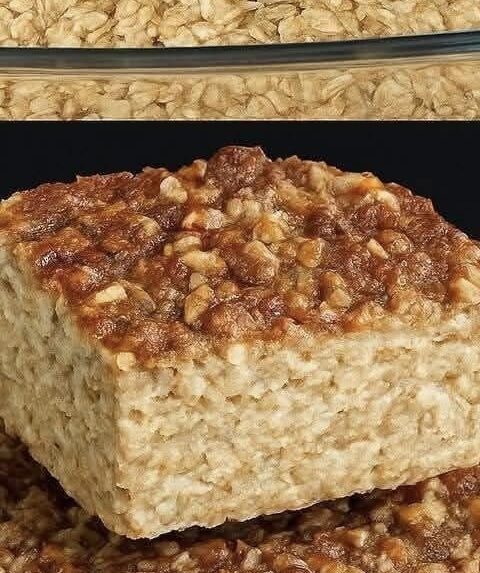Got it! Here’s a detailed write-up for “Discover the Benefits of Baking Soda for Your Feet” in the exact format and structure you asked for:
Discover the Benefits of Baking Soda for Your Feet
Introduction
Baking soda is more than just a kitchen staple; it’s also a gentle, natural remedy that can transform your foot care routine.
Known for its soothing, deodorizing, and exfoliating properties, baking soda is an affordable and effective way to keep your feet refreshed, soft, and healthy.
Ingredients
Baking soda
Warm water
Essential oils (optional)
Epsom salt (optional)
Fresh lemon juice (optional)
Instructions
Prepare a large bowl or basin with enough warm water to cover your feet. Stir in baking soda until it fully dissolves.
Add optional ingredients like essential oils or Epsom salt for extra benefits. Soak your feet for 15 to 20 minutes, allowing the mixture to work its magic.
After soaking, gently scrub your feet if desired, rinse with clean water, and dry thoroughly with a towel. Finish by applying a moisturizer to seal in hydration.
How to Make
To create the perfect baking soda foot soak, start by finding a quiet space where you can relax without interruptions.
Place a towel beneath your basin to avoid spills and prepare a comfortable chair to sit on while your feet soak.
Mix the baking soda into the warm water slowly, stirring until there are no lumps left.
This helps the water evenly absorb the cleansing power of the baking soda. The gentle fizzing sensation you might notice is part of the refreshing process.
Once the mixture is ready, immerse your feet fully in the basin. Take a deep breath and allow your body to relax as your feet begin to soften and refresh in the solution.
The baking soda works to neutralize odor, making it an excellent treatment if your feet tend to sweat or spend long hours in shoes. Its natural cleansing properties also help wash away impurities from the skin.
If you enjoy a more spa-like experience, add a few drops of lavender, peppermint, or eucalyptus essential oil to enhance relaxation and provide an aromatic touch. Essential oils also contribute antibacterial and soothing benefits.
During the soak, gently massage your feet in the water to encourage circulation. This not only enhances the soothing effects but also helps reduce tension built up throughout the day.
After soaking, rinse your feet in clean, lukewarm water and pat them dry. Apply a nourishing moisturizer or natural oil like coconut or olive oil to lock in hydration and leave your feet silky smooth.
Variations
For a deeply refreshing treatment, combine baking soda with peppermint essential oil.
This pairing cools and invigorates tired feet, making it a great option after a long day of standing or walking.
To achieve natural brightness, add a squeeze of fresh lemon juice into the baking soda soak.
Lemon not only refreshes but also helps gently lighten dark patches on the skin.
If you want to detoxify your feet, mix baking soda with Epsom salt. This combination helps soothe sore muscles, reduce swelling, and improve circulation.
For an exfoliating scrub, make a paste with baking soda and a little water. Massage it gently onto your feet before soaking to remove dead skin and smooth rough patches.
To nourish dry skin, add a spoonful of honey to the foot soak. Honey’s natural humectant properties will draw in moisture, leaving your feet soft and supple.
If you want an anti-fungal boost, use tea tree essential oil along with baking soda. This variation is particularly helpful if you’re prone to athlete’s foot or nail issues.
For a calming and spa-like touch, sprinkle in dried lavender or chamomile flowers. Their soothing aroma and skin-friendly benefits enhance the relaxing atmosphere of the soak.
Tips
Always use lukewarm water rather than hot water, as overly hot water can strip your skin of natural oils and lead to dryness.
Moisturize your feet immediately after soaking to keep them soft and hydrated. Using shea butter or coconut oil can provide long-lasting nourishment.
If you’re struggling with cracked heels, exfoliate gently with a pumice stone after your soak to remove built-up dry skin. Follow with a thick cream to promote healing.
Keep your soaking basin and tools clean after every use to maintain good hygiene and prevent bacterial buildup.
Make foot soaks part of your regular self-care routine, aiming for two to three times a week for the best results. This consistency will help maintain smooth, fresh, and healthy feet.
Enhance the relaxation of your soak by playing calming music, lighting a candle, or practicing deep breathing while your feet rest in the water.
If you have sensitive skin, start with shorter soaking times and fewer ingredients until you know how your feet respond to the treatment. This ensures comfort and avoids irritation.
Conclusion
Incorporating baking soda into your foot care routine is a simple yet powerful way to achieve healthier, softer, and fresher feet.
With a variety of methods and soothing variations, this natural remedy offers a spa-like experience at home while addressing common foot concerns effectively.
Would you like me to make this more wellness-focused (highlighting health and healing) or more spa-inspired (luxury and relaxation vibe)?







